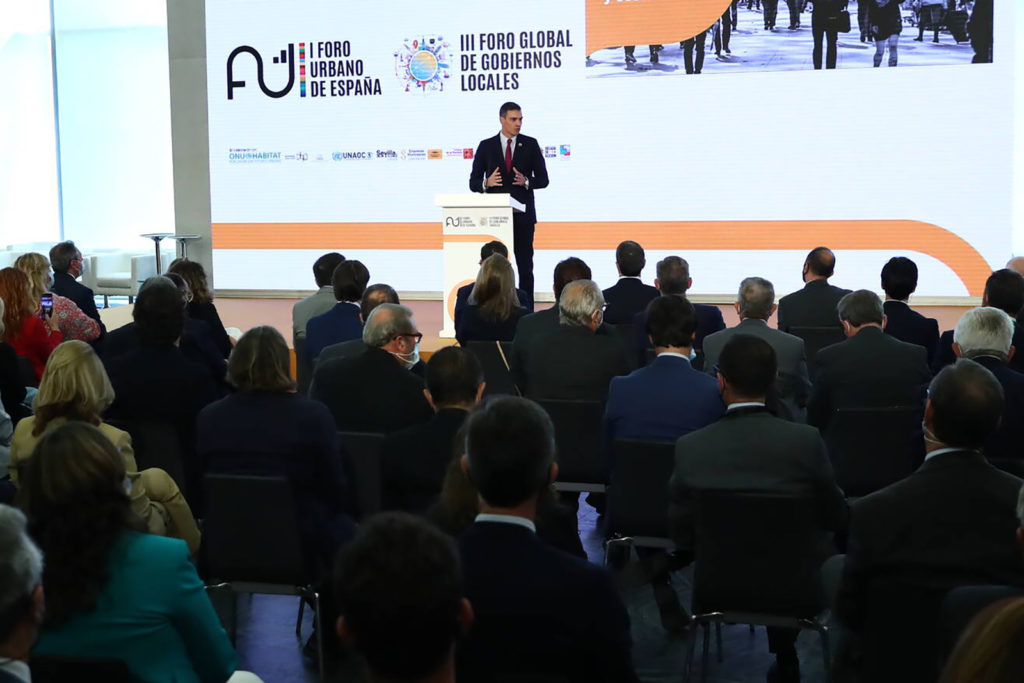Photo credit: UN-Habitat
By Harry Deng, MAGG
Since my first blog, there have been quite a few changes to my role within the Human Rights and Social Inclusion Unit of UN-Habitat. While I am still part of the Resource Mobilization team, the Climate Changemakers workstream has been put on pause without a timeline for resumption – I believe it is because the project has yet to receive the go-ahead approval from the UN-Habitat Executive Director.
However, there is no shortage of work on the Resource Mobilization team. As mentioned in my previous blog, the Resource Mobilization team was formed to develop alternative financing strategies in response to the contraction in member state contributions. As such, one of the most important tasks – and the priority at the moment – is to develop a unit strategic plan. The unit strategic plan is supposed to reflect the UN-Habitat strategic plan 2020-2023, New Urban Agenda, UN-Habitat flagship programs, UN-Habitat services, and our unique value proposition within all of these realms. One of the objectives in developing the unit strategic plan is to ensure that it is modular, so sections could be modified depending on changing circumstances, and agile, so it cannot be too long or constraining.
The first step in developing the strategic plan was to collect details and information on various initiatives within the unit, as well as the broader organization. This process involved reviewing and summarizing key details from existing documents and conducting interviews with workstream leads in order to identify programming synergies and where our unit could be of value. Within this stage of the process, I was tasked with reviewing and identifying links between the HRSI unit, UN-Habitat flagship programs (SDG Cities, People-Centered Smart Cities, RISE-UP, Inclusive Cities, and Inclusive, Vibrant Neighborhoods and Communities), and the UN-Habitat Catalogue of Services.
The second step, which is what I’m currently working on, is to develop the first draft of the strategic plan. I am tasked with identifying the unit’s vision, mission, and values. I’m also responsible for conducting a needs-gap analysis, a risk analysis, both of which include elements of human resources planning. There is definitely quite a steep learning curve, as I am not only learning how to conduct these analyses, but I am also learning the organizational structure and internal operational policies as well.
Outside of my involvement with the development of the strategic plan, I am also involved in the Youth 2030 project (not to be confused from the UN system-wide Youth Strategy adopted by the General Assembly in 2018 also known as Youth 2030 – we will have to rename this project). Within this capacity, I am supporting the development of a compendium of best practices on youth-led urban sustainability initiatives. At this stage, we are conducting desk research on the key issues affecting youth development in the focus countries (Senegal, Ghana, Vietnam, India, Colombia, and Ecuador), as well as conducting environmental scans of the initiatives, organizations, and trends in youth development in these countries. In addition, we are developing criteria for submissions for best practices from youth-leaders and youth-organizations, along with a communications strategy to maximize our global reach. The communications strategy will also help us amplify the other components of the project, such as surveys and the Youth 2030 Urban Forum.
While it has been quite busy and some of the tasks quite daunting, I have been enjoying my time with UN-Habitat and learning lots!
